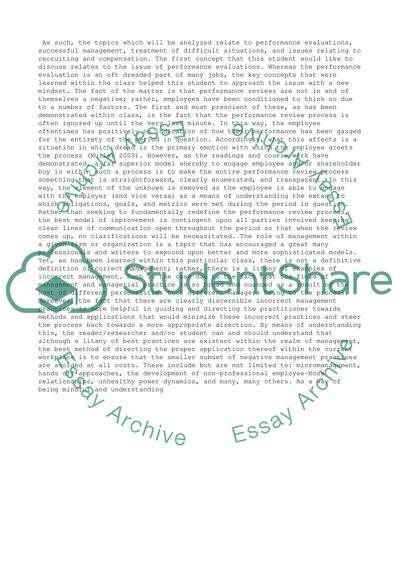Cite this document
(“Organizational Development & Human Resources Term Paper”, n.d.)
Organizational Development & Human Resources Term Paper. Retrieved from https://studentshare.org/management/1465095-organizational-development-human-resources
Organizational Development & Human Resources Term Paper. Retrieved from https://studentshare.org/management/1465095-organizational-development-human-resources
(Organizational Development & Human Resources Term Paper)
Organizational Development & Human Resources Term Paper. https://studentshare.org/management/1465095-organizational-development-human-resources.
Organizational Development & Human Resources Term Paper. https://studentshare.org/management/1465095-organizational-development-human-resources.
“Organizational Development & Human Resources Term Paper”, n.d. https://studentshare.org/management/1465095-organizational-development-human-resources.


